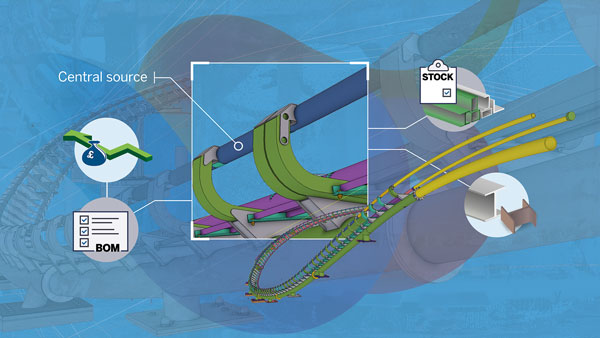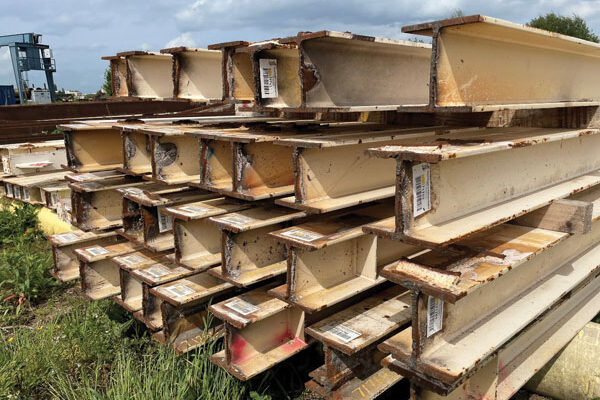News
President’s Column: January 2023
Many thanks for Gary Simmons for stepping into the breach to write the last column in the November/December 2022 issue. I thought his article on the over reliance on structural computer analysis was excellent and I couldn’t agree more with the points raised.
It will be very interesting to see how the steelwork industry is able to adapt to structural engineers favouring an absolute minimum weight design, due to a wish to reduce embodied carbon, over a practical minimum weight design which allows for sensible connections. If the structural engineer designs purely on minimum weight, there will be problems with steelwork contractors not correctly estimating fabrication time and steel fittings costs. Estimating correctly minimum weight designs in a very competitive and challenging market can mean having the right price in the market but sadly no orders. More worryingly though is we will see more cases of steelwork contractors losing money on contracts, where they simply don’t have enough money in the job to make a profit.
I also see problems with correctly estimating contracts where the steelwork contractor is expected to re-use steel from a previous building due to numerous unknowns regarding that material. My answer is not to re-use steel, but to recycle it. The steelwork industry has been successfully recycling steel for decades, to the tune of 98%. But the most important point is that the material can be recycled time and time again, not just once. I think the ability to recycle steel more than once is not adequately accounted for in the structural engineer’s calculation of embodied carbon.
I think many of us will be glad to have seen the back of 2022, but a quote attributed to the German philosopher, Friedrich Nietzsche seems quite appropriate at the present time, “that which does not kill us, makes us stronger.” Although material increases have stabilised, other problems such as ridiculous high energy prices will remain in the short to medium term as nobody is expecting the problems in the Ukraine to change anytime soon. It will be interesting to see what the government will do to help business’ with energy prices from the 1st April 2023.
Salary expectations are also very high based on a shortage of staff throughout the industry. I was recently copied in on some UK employment data. Around 600,000 people aged 55 to 65 have retired early, presumably on the back of low interest rates for mortgages for the last ten years. Supply of employees has fallen by 3.6 million, the demand for new employees has increased by 1.3 million. There are 1.4 million people unemployed! The question is how many of these people are seriously looking for work or are indeed able to work. Every employer I meet states they need staff from labourers all the way up to director level. The question is how do we persuade these young people to join the construction industry rather than be employed elsewhere? With a shortage of staff and high inflation, wage expectations are artificially high. Inflation is expected to return to 5 or 6% next year so hopefully high wage expectations will dissipate to more sustainable levels. With the threat of so much industrial action in the news currently, due to unrealistic salary expectations, it does make me think back to the 1970’s and that does concern me.
Mark Denham
BCSA President














